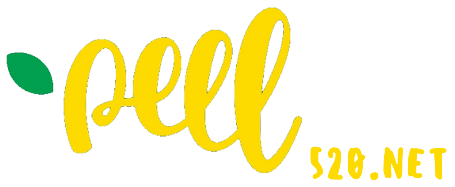What is the chromatography of a leaf?
What is the chromatography of a leaf?
Leaf chromatography is an experiment that allows us to see the colorful pigments that leaves have hidden inside them. The green leaf color is the chlorophyll, which helps plants absorb the yellow and blue wavelengths of light. Chlorophyll is the main pigment used for photosynthesis, or harvesting energy from sunlight!
What pigments are commonly seen in chromatography of plant leaves?
Green chlorophyll is the most common type of pigment, but there are also carotenoids (yellow, orange) and anthocyanins (red). Chlorophyll, which is essential for photosynthesis, usually hides the other pigments, except when autumn comes along and it begins to break down.
How can the different pigments in leaves be revealed?
If you want to see the hidden yellow and orange pigments in green leaves for yourself, you can use a simple but powerful technique called chromatography, which is the separation of a mixture by passing it through a medium (in our case, filter paper) through which different parts of the mixture will move at different …
What pigments can you identify in a green leaf?
Chlorophyll makes them green and helps carry out photosynthesis during warm, sunny months. As fall arrives and the green, food-making color fades, other pigments such as yellow, orange and red ones become more visible. Xanthophylls are yellow pigments, and carotenoids give leaves an orange color.
What are the different colors of leaves?
The three pigments that color leaves are:
- Chlorophyll (green) is the most important of the three.
- Carotenoids (yellow, orange, and brown) are found in familiar fruits and vegetables.
- Anthocyanins (red) add color to plants like cranberries, red apples, cherries, strawberries and others.
What is responsible for the different colors of leaves?
The chlorophyll breaks down, the green color disappears, and the yellow to orange colors become visible and give the leaves part of their fall splendor. All these colors are due to the mixing of varying amounts of the chlorophyll residue and other pigments in the leaf during the fall season.
What are pigments examples?
Chlorophyll, which gives a green color to plants, and hemoglobin, which gives blood its red color, are examples of pigments.
Why leaves are in different colors?
Chlorophyll Breaks Down But in the fall, because of changes in the length of daylight and changes in temperature, the leaves stop their food-making process. The chlorophyll breaks down, the green color disappears, and the yellow to orange colors become visible and give the leaves part of their fall splendor.
Why do tree leaves turn different colors?
The Short Answer: As summer fades into fall, the days start getting shorter and there is less sunlight. This is a signal for the leaf to prepare for winter and to stop making chlorophyll. Once this happens, the green color starts to fade and the reds, oranges, and yellows become visible.
Which pigment is used for blue?
First produced in the 1930s, the intensely blue copper phthalocyanine is widely used for making blue ink, dye, and pigment. YInMn blue, an inorganic compound of yttrium, indium, and manganese, was discovered by Mas Subramanian and Andrew E. Smith in 2009.
What is the true color of a leaf?
green
True colors come from inside The four primary pigments that produce color within a leaf are: chlorophyll (green); xanthophylls (yellow); carotenoids (orange); and anthocyanins (reds and purples). During the warmer growing seasons, leaves produce chlorophyll to help plants create energy from light.
What do you need to know about leaf chromatography?
To get started with our leaf chromatography experiment, we first must learn about leaves. Leaves contain different pigments, which give them their color. Green chlorophyll is the most common type of pigment, but there are also carotenoids (yellow, orange) and anthocyanins (red).
What kind of color does a leaf have?
Leaf Chromatography Experiment Leaves contain different pigments, which give them their color. Green chlorophyll is the most common type of pigment, but there are also carotenoids (yellow, orange) and anthocyanins (red).
Which is the most dramatic color in chromatography?
The purple and orange had the most dramatic bands. You could even see the two different kinds of chlorophyll on the paper from the green leaf. This experiment was so much fun we plan to do it again using a single leaf with multiple colors to see what pigments we can separate.
Can you use rubbing alcohol for leaf chromatography?
By warming the rubbing alcohol, we sped up the process of drawing the pigments out of the leaves. You can also cover the glasses with plastic wrap and wait overnight for the pigments to dissolve in the alcohol.
